Winter Gull Survey relaunched after 20 years to assess vulnerable gull populations
Winter Gull Survey relaunched after 20 years to assess vulnerable gull populations
13 Nov 2023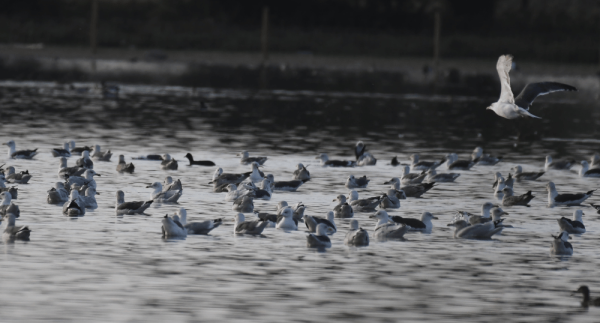
The Winter Gull Survey (WinGS) was created in 1952 to collect information about the population size and distribution of gulls wintering in the UK, the Channel Islands, and the Isle of Man. Over 70 years later the survey’s overarching objective remains the same but is underpinned by a new urgency: a need to understand and address the various gulls’ recently acquired Red and Amber conservation status.
All the gull species that regularly occur in the UK are listed in Birds of Conservation Concern on the Amber or Red List.
Recent assessments of bird populations in the UK have revealed a decline in both breeding and overwintering populations of gulls. As a result, all gull species that regularly occur in the UK are now listed in the assessment on the Amber or Red List in Birds of Conservation Concern.
The declines are worrying because the UK harbours a significant proportion of the global population of breeding gulls of various species: currently, there are over 50 sites in the UK that have been designated as Special Protection Areas (SPAs) or Special Areas of Conservation (SACs) due to the presence of internationally important numbers of gulls during the breeding season. These sites have enhanced legal protection for wildlife, and are often managed by conservation organisations to help boost populations of vulnerable species.
Wintering gulls in the UK
The UK is also recognised as an important area for gulls during the winter period. Over the colder months, the gulls’ geographic distribution shifts significantly, and the birds often occupy regions outside of their breeding areas. However, these winter ranges are not considered when designating protected sites, which means that there is little targeted conservation for wintering gulls.
In the upcoming WinGS surveys, we aim to address this gap in protected site designation by monitoring overwintering gulls, collecting key information about their population size and distribution, and providing evidence to underpin the conservation of these species.
How will BTO monitor gulls?
Gulls disperse widely over the landscape during daylight hours, making them a tricky group of species to monitor. Their habit of gathering to roost at dusk provides the best way to make accurate assessments of their numbers. WinGS, which will run during the winters of 2023/24 and 2024/25, is a bespoke survey designed to take advantage of this roosting behaviour.
WinGS volunteers will survey known roost sites at large estuaries and reservoirs – ‘key’ sites – and identify and count the gulls in flight as they arrive in huge numbers around dusk. Some major key sites will necessitate team coordination and create fantastic opportunities for surveyors to connect with fellow gull enthusiasts! WinGS also includes planned visits to ‘random’ sample sites at both inland and coastal locations, which will enable us to generate complete UK-wide population estimates.
The comprehensive WinGS roost counts that we will carry out over the next two years will make a significant step towards addressing the information gaps about gull populations that have arisen in the past two decades.
Both the key and random sites need to be visited at least once in January of 2024 and 2025, and also in the autumn of 2024, when we will assess what are known as ‘post-breeding aggregations’ of birds.
Our focus will be directed towards the six most prevalent gull species in the UK: Black-headed, Common, Herring, Lesser Black-backed, Great Black-backed and Mediterranean Gulls. The Mediterranean Gull was not included as a target species in previous survey seasons of WinGS, but we have decided to include this elegant gull in the scheme in the upcoming surveys due to its increasing reliance on UK sites in the winter months, and the UK’s increasing responsibility for its conservation. This trend was revealed by the BTO/RSPB/JNCC Wetland Bird Survey (WeBS), which saw a sharp increase in the number of these birds recorded at WeBS count sites after 2017.
Charting change
Long-time BTO survey participants may remember the last WinGS season, which took place during the winters of 2003/04 and 2005/06. At that time, data collected by the survey participants concluded that inland and near-shore coastal waters of the UK supported over 3.8 million wintering gulls.
The most abundant gull species recorded during that survey period was the Black-headed Gull, with an estimated two million birds wintering across the UK. However, more recent population trends based on WeBS data have pointed towards substantial declines of around 40% in this species’ wintering numbers. This trend has no doubt been exacerbated by the effects of Highly Pathogenic Avian Influenza (HPAI), which is thought to have killed around 10% of the total UK breeding population of Black-headed Gulls since March 2023.
WinGS will produce robust evidence and support the development and implementation of effective conservation strategies for the UK’s gulls.
As the previous survey season was so many years ago, we expect to find other changes in the gull populations too. The comprehensive WinGS roost counts that we will carry out over the next two years will make a significant step towards building an up-to-date understanding of how gull populations have altered in the last two decades.
We will combine the information revealed by the WinGS data with that of other key monitoring schemes, including WeBS and the Seabird Monitoring Programme, to produce robust evidence and support the development and implementation of effective conservation strategies for the UK’s gulls.
Learn more about WinGS
Learn about the project’s history and aims, and how to get involved.
Find out more

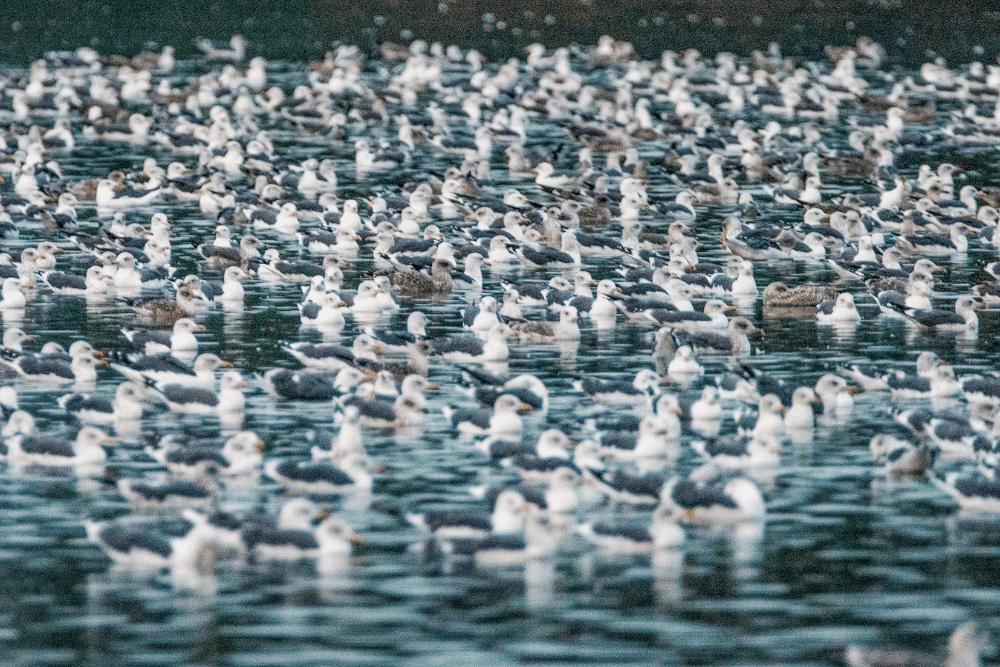
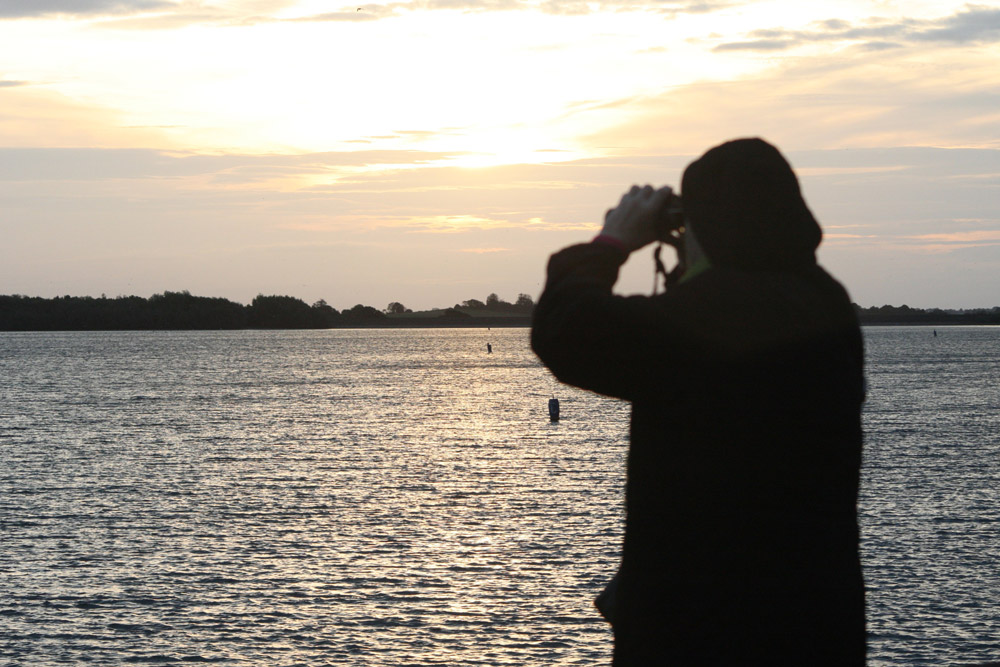
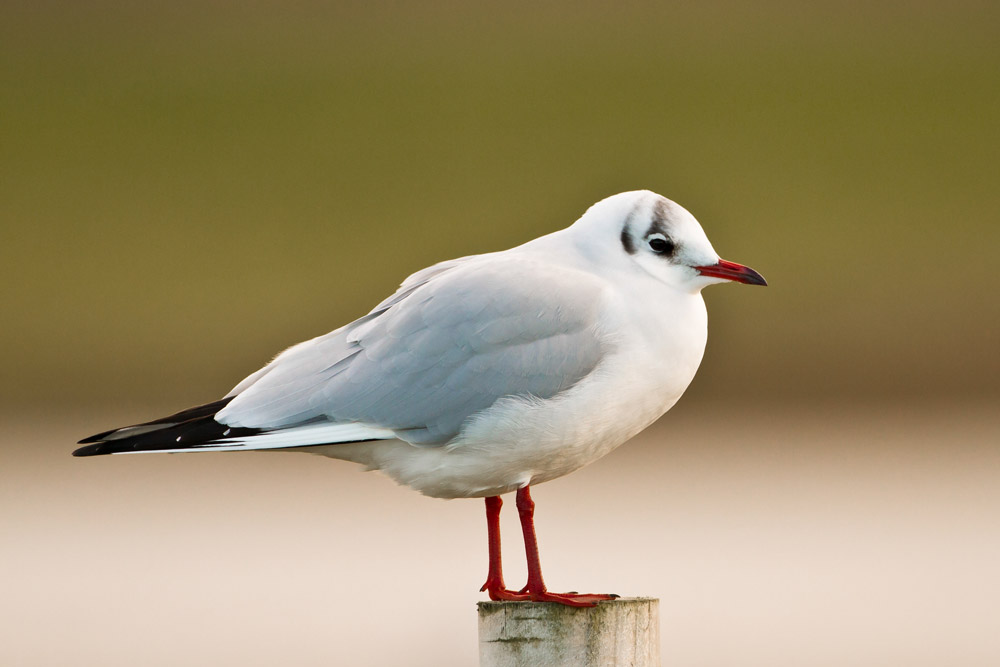
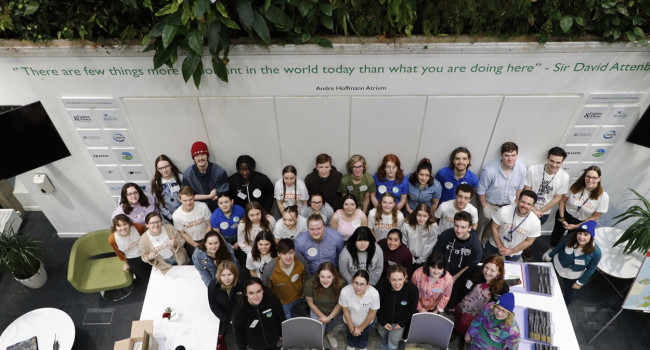
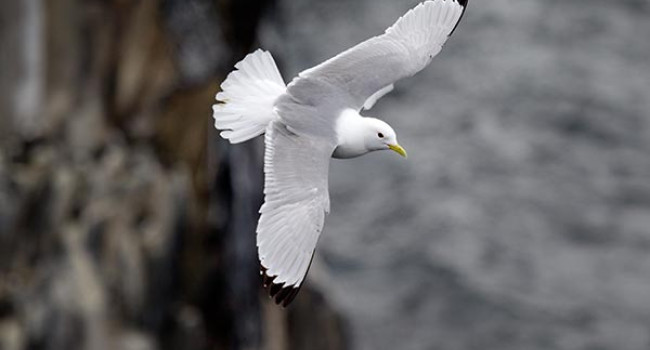
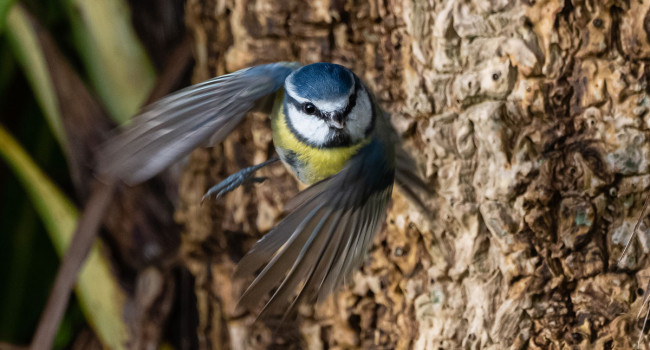

Share this page